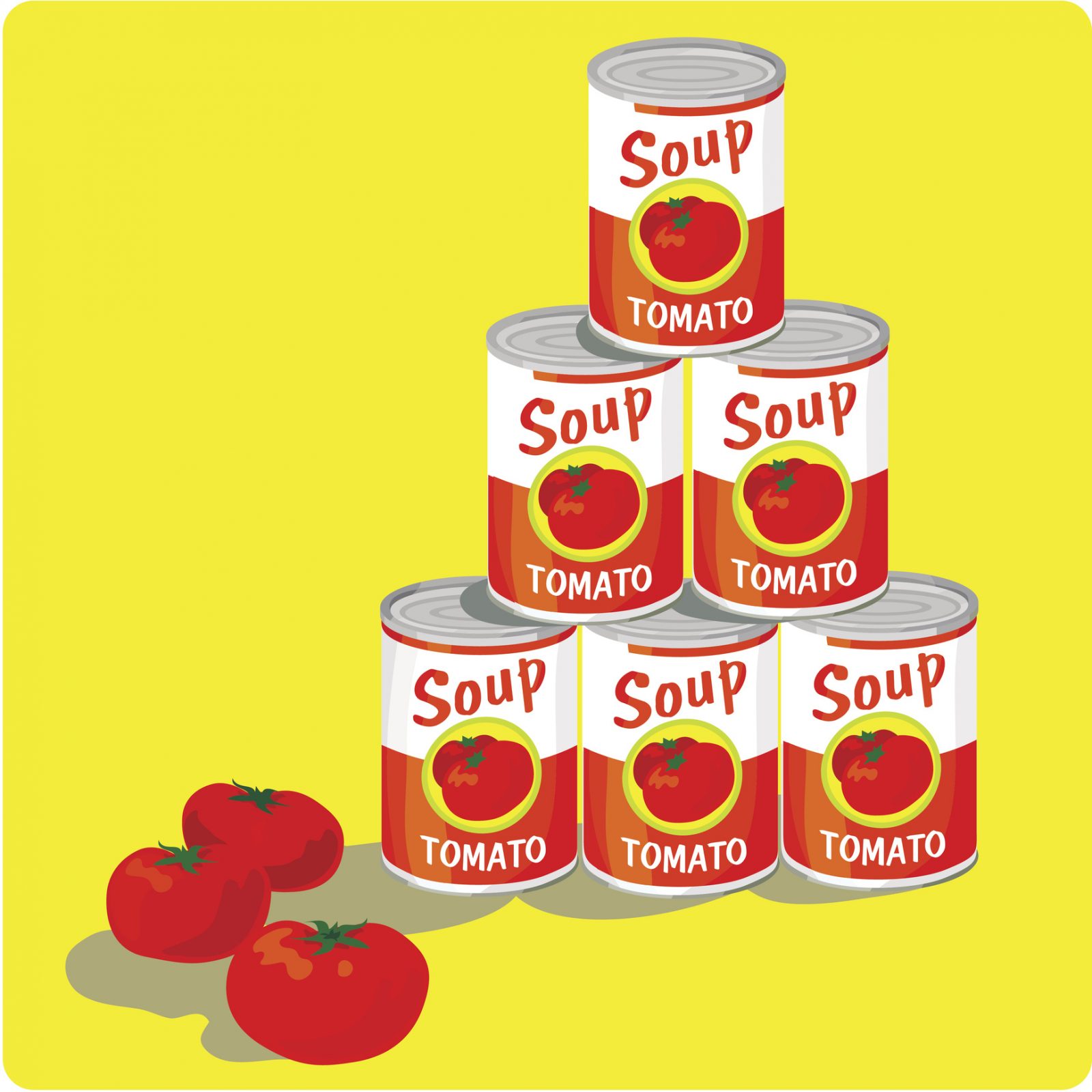Packaging Development: The Art and The Science
Packaging as Art
In a 1965 Merv Griffin interview, Edie Sedgwick, acting as Andy Warhol’s mouthpiece, describes the ideas behind two of Warhol's most famous pieces, the Campbell’s Soup Can and the Brillo Box. Warhol, who refuses to utter anything more than one word, replies in the interview that he created these works because these packages were already a part of “culture,” a form of mass consumable art.
In contrast to most art, a signature is missing from almost all packaging. Although this could be perceived as not giving proper credit, it is justifiable, as a single individual is rarely responsible for the final packaging put into a customer’s hands.
“What’s inside is all that matters,” is a common phrase, but is it always true? When it comes to product packaging, this philosophy falls apart. Packaging is much more than an inconsequential container. It can serve as an advertisement, educational platform, an icon and even art.
So how can this critical component of product development continue to serve all those roles in an increasingly complex packaging development environment?
The Art and Process of Packaging
Similar to developing the actual product, packaging is also developed through a defined process. Both processes have functional roles dedicated to researching and developing what will ultimately be shipped, put on retail shelves or mailed through e-commerce, and end up in the hands of consumers.
A package engineer creates a functional and design forward structure. A graphics artist invents a cartoon mascot, creates a layout, choses a lettering font, and selects colors. All these choices must be constant with the company’s branding. Besides branding, there are product claims, nutrition information and regulatory content, which are legally regulated and developed through collaboration between marketing, R&D, quality, regulatory and legal departments. Delivering on the vision and promise of the product concept requires cross functional collaboration.
Today’s Packaging Challenges
Driven largely by social media and e-commerce, packaging lifecycles are compressing, change is accelerating and transparency is a must. Packaging may change to be relevant for a season or holiday, to highlight a promotional partner, or to include a new claim. Packaging may change to comply with a new regulation or provide more transparent information to consumers.
The pace of change and need for transparency is accelerating, so brands must adapt their packaging processes to remain relevant and compliant.
A Consumer Goods Packaging Case Study: Optimizing the Packaging Approval Process
With speed-to-market as a critical metric for packaging development, a global consumer packaged goods (CPG) company was looking to optimize their packaging approval. They were concerned about the risk associated with packaging labels being released with incorrect information. A simple labeling mistake can lead to significant damage to the brand and erode consumer trust. And in terms of hard dollars, the cost of a recall can easily exceed $20 million.
This company was particularly concerned that the pressure to get to market quickly, combined with an increasing number of packaging changes every year, meant the risk of a labeling error was increasing.
To help combat this risk, we helped the company instate a standardized process and software tool to manage packaging approval, and to ensure that all items and data elements on a package were properly regulated and controlled.
The approval software also created an audit trail to keep all parties accountable. This was increasingly important, as the approval processes varied depending on product and packaging type. With this accountability in place, the company could take as little as a few hours (with no corrections) to approve packaging and move it to the next step of the process.
But Is It Still Art if It’s Standardized?
Despite this approval standardization, the package was and is more than a container; it represents the essence of the brand and is often the consumer’s first moment of truth with the product. In the words of Andy Warhol, “it is culture.”
So packaging development will always need to be a combination of art and process. With all the challenges companies face today, companies must find ways to improve processes and reduce risk. By working on process, packaging can to continue to maintain its status as both “culture” and a critical component of the reason consumers select a product or brand.

